Try exfoliating and using salicylic acid to treat this pesky skin care issue
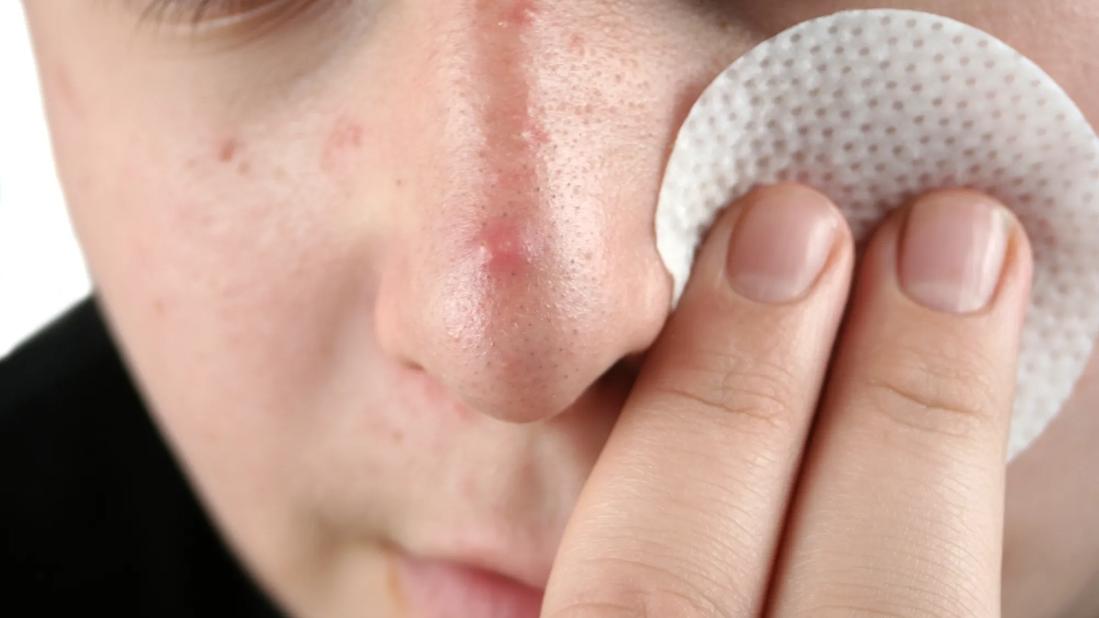
Is there anything more annoying than seeing little black specks on your face? We’ve all stood in front of the mirror and examined our pores from time to time, cursing our skin. But if the appearance of blackheads on your face really does bother you, rest assured, there are ways to get rid of them. Dermatology resident Angela Wei, MD, discusses how to get rid of blackheads and offers tips to prevent new ones from forming.
Advertisement
Cleveland Clinic is a non-profit academic medical center. Advertising on our site helps support our mission. We do not endorse non-Cleveland Clinic products or services. Policy
“There are a few different ways we can attack blackheads,” Dr. Wei assures. “But it’s important that you’re patient with your skin. It took a while for your skin to get to this place, and it will take a little while to get it back to where it was before. Consistency is key.”
Learn how to get rid of blackheads on your nose (and other areas!) with these tips:
“My go-to treatment for blackheads is recommending a salicylic acid wash once a day,” says Dr. Wei. “There are even medicated face pads and toners that contain it.”
If you want to try salicylic acid, start off by using a product that contains between 2% and 4%. Then, you can modify the amount used based on how your skin reacts. If it’s drying you out, opt to go down in strength.
Alpha and beta hydroxy acid, also known as AHAs and BHAs, are a group of compounds known for their skin care benefits. Some of the most popular elements in this group include salicylic acid, lactic acid and citric acid.
Another great option for removing blackheads in the AHA family is using a product containing glycolic acid. Aim to use a cleanser with 10%. Glycolic acid serves as a great exfoliator, helping to remove the outer layer of dead skin cells — and those annoying blackheads.
Advertisement
“From a medical standpoint, I’ll typically prescribe a topical retinoid as treatment,” Dr. Wei explains. “There are over-the-counter options, which contain adapalene or prescription-strength retinoids like tretinoin. They’re good for making sure dead skin cells aren’t collecting inside your pores. It also helps to prevent outbreaks and reduces the formation of acne scars.”
Sometimes, it works to split treatment between a retinoid and an alpha or beta hydroxy acid. An example treatment plan could include using a salicylic acid cleanser in the morning and a retinoid at night.
You may have heard of this facial acid in some skincare products, but is it a good option for treating blackheads?
“Azelaic acid is a naturally derived acid that is milder than AHAs and BHAs, and is good for sensitive skin,” Dr. Wei suggests. “It can help clear pores and reduce inflammation, although it’s less potent than salicylic acid or retinoids at targeting blackheads.”
Exfoliation is an important part of every skin care routine — but it’s very easy to overdo.
“You should really only be exfoliating a couple times a week,” advises Dr. Wei. “Over-exfoliating your skin, especially your face, will dry it out very quickly.”
The worst part about that dryness? That leads to your skin producing more oil, which contributes to more blackheads. So, your best bet is to keep exfoliation to a minimum.
Your dermatologist might suggest a chemical peel. This technique uses a chemical solution to remove your skin’s damaged outer layers. This can result in improved skin texture and smoothness.
And depending on whether you have a light, medium or deep chemical peel, you may experience redness, stinging and swelling of your skin in the first 48 hours.
Another treatment is microdermabrasion, which is also known as a “power peel.” The outer layer of your skin is either exfoliated by a spray of tiny crystals or gently sanded with a diamond-tipped wand while dead cells and debris are vacuumed away.
The minimally invasive procedure improves the appearance of your skin. You may have mild side effects, like redness, swelling and tenderness for a few hours after your treatment.
Sometimes, a good course of action for stubborn blackheads is by manual extraction, but it should always be kept in the hands of a professional.
Otherwise, you risk scarring your skin.
A professional — whether it’s a dermatologist or esthetician — may prep your skin with a light steam to expand your pores.
Advertisement
The process of taking out a blackhead can be done with a sterile metal tool called a comedone extractor. Some professionals opt to use their fingers, which are typically covered in cotton, to perform the extraction.
Another option your dermatologist may suggest? Laser resurfacing. This in-office procedure can help reduce the amount of oil your skin makes.
“Laser treatments may help decrease oil production and boost skin turnover, which can help reduce blackheads and improve skin texture,” says Dr. Wei.
Here are some things you can do to keep blackheads from returning:
Advertisement
While blackheads can be annoying and even embarrassing, there are ways to combat the skincare issue — and it’s key to find a solution that works best for you and your skin type.
“Every skin type is different and should be treated that way,” Dr. Wei emphasizes. “And part of my job is to help you figure out what combination of treatment works best for your skin.”
Advertisement
Learn more about our editorial process.
Advertisement

Wear light, breathable clothing, shower after you exercise and change your sheets regularly
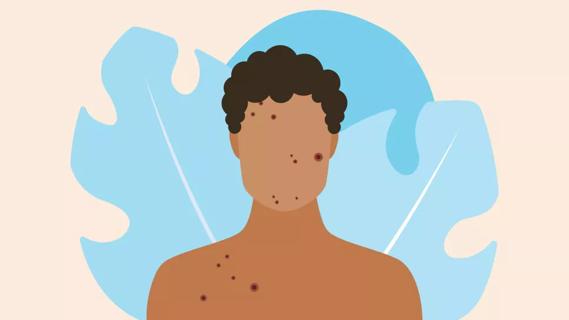
As you age, hormones can continue to play a big role in breakouts
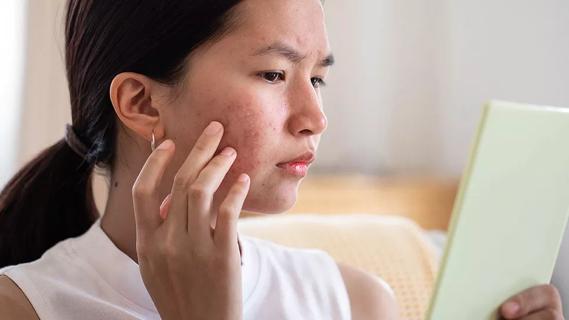
Some remedies might help banish breakouts, but others are best avoided
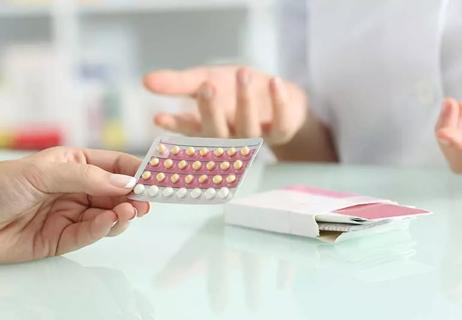
Birth control pills with estrogen are best for fighting hormonal acne
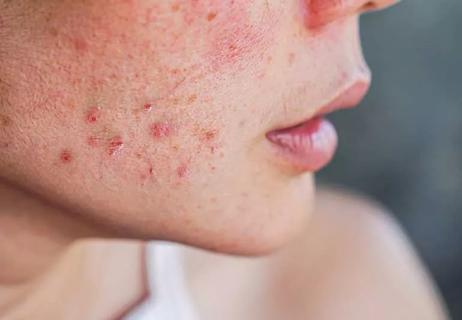
Hormone fluctuations impact oil and sebum production, creating painful, tender pimples
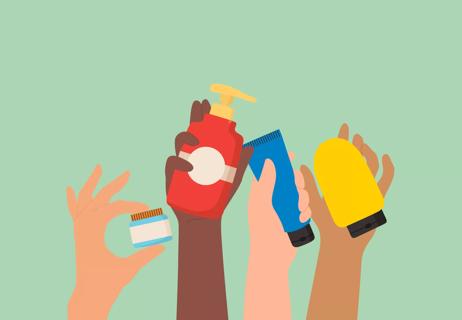
Look for a formula with either benzoyl peroxide or salicylic acid

Those bumps on your butt probably aren’t pimples

This medication helps reduce androgen hormones, which produce oil-clogging sebum

The best parenting style balances enforcing rules and showing plenty of love

Tips include cutting back on sugar, focusing on exercise and managing stress

It can be harder to let go when you’ve invested time, energy and emotions — but it might be the healthier choice long term